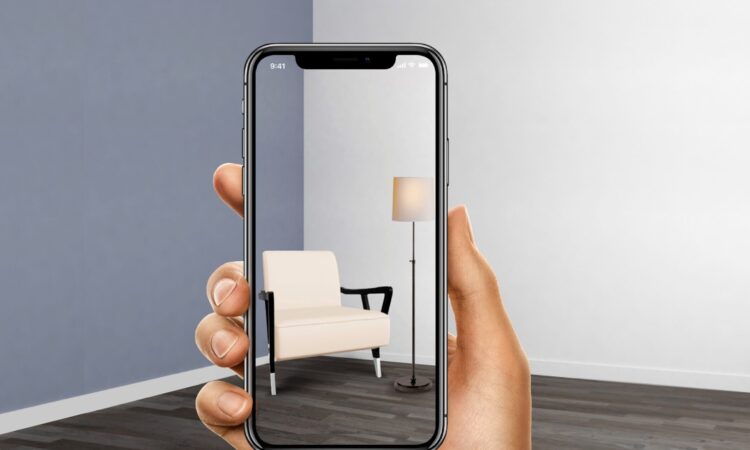
These days, users can access AR experiences directly from their smartphones thanks to a technology known as web-based augmented reality (webAR). On most operating systems, mobile devices, and web browsers, people can enjoy the immersive and distinctive experience of AR on-demand because there is no need for any downloading. Find out how Web Augmented Reality works and what its benefits are.
How Does WebAR Operate?
Web-based augmented reality makes use of the sensors in mobile phones to allow the placement and tracking of digital content in real-world settings. These sensors, combined with computer vision, allow augmented reality technology to deliver animated 3D experiences, videos, target detection, and interactivity.
A mobile application is not necessary for web-based augmented reality to work, which is a relatively new technology. Using the built-in camera and mobile web browser, users can access AR experiences directly from their smartphone. One of the primary factors influencing WebAR’s explosive growth in popularity is its seamless user experience.
Due to mobile browsers adding more support features, Web Augmented Reality (WebAR) experiences are expected to keep getting more intricate and in-depth. The device’s RGB camera, gyroscope, accelerometer, orientation, and magnetometer are just a few examples of the sensors that can be used by AR.
The majority of Web Augmented Reality experiences must have four key components: six degrees of freedom, camera stream, scene comprehension, and cloud-based CMS.
Additionally to being entertaining for viewers, webAR is a powerful marketing tool. According to studies, content recall can be increased by up to 80% by including interactive elements. The majority of mobile devices and browsers support the technologies that are necessary for WebAR to function. Consequently, it is widely accessible and experiences are consistent. Web Augmented Reality has a wide range of uses that are only constrained by the imagination of the developer.
Popular Brands Using WebAR
We witnessed a significant increase in the use of WebAR in both B2C and B2B markets in 2020. The following are a few noteworthy brand encounters:
- Virtual Expo booth for Nutanix.
- Children’s Supermarket Portal.
- Taste of Nature Portal, ULTRA Pure Gold Michelob.
- Magazine print advertisements for Porsche and Vogue.
- Rita Ora WebAR Campaign, EE.
Conclusion
A new, effortless, inventive, and memorable way to connect with customers is now possible thanks to the innovative technology known as Web Augmented Reality (WebAR). Furthermore, as support from the major tech companies grows, its power and performance are expected to keep improving.




